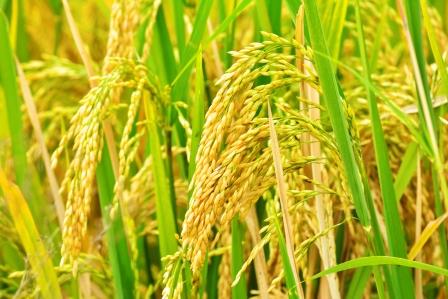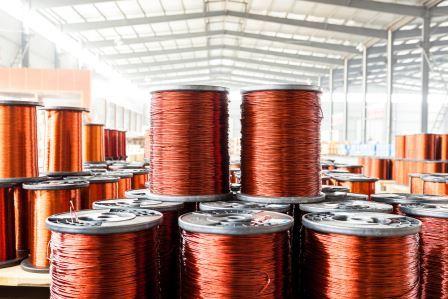
The Southwest monsoon is set to withdraw soon. As per India Meteorological Department (IMD), the withdrawal is likely by the end of September from the western parts of Rajasthan.
As against its usual schedule, this year’s monsoon begun early and start drawing back late by almost one month. Normally, the Southwest monsoon onset period is on June 1 and fades away by early-September.
However, this year monsoon reached early, on May 29, and set to withdraw only by end of September, creating widespread anomalies.
About 80 percent of rainfall in the country is received during monsoon season and it is inevitable for the Indian agriculture.
With offering employment to half of the workforce in the country and contributes about 17-18 percent of our GDP, agriculture sector playing a pivotal role in our economy.
Since about half of our farmland lacks proper irrigation, the June-September monsoon is crucial for the host of cash and food crops in the country.
Historically, a weak monsoon would cause a widespread loss in agriculture and may hinder the economy while an above average rainfalls result in higher economic growth.
During this year, rain distribution across the country so far was patchy and measured a nine percent decline since the beginning of monsoon against its weighed average normal levels.
As per IMD report, most of the states have received normal rainfall barring Gujarat, Bihar, Jharkhand, Assam, Arunachal Pradesh, and Manipur. These states have reported a deficit rainfall, while Kerala is the only state which has received excess rain throughout this season.
Kharif crops like cotton, rice, oil seeds, and coarse grains are heavily depended on the monsoon. Crop acreage and production estimate of these crops are usually swayed its future price.
This year, ill-timed rains have reported from states like Punjab, Haryana, and Rajasthan which may impact crops like cotton and pulses while the situation of other kharif crops are more or less satisfactory.
Meanwhile, prices of many of the kharif crops in the futures exchanges are now trading down against June, when south-west monsoon kick off in the country.
Reportedly, the untimely rains during the harvesting period of cotton have cast a shadow over the crop’s prospect. The ill-timed rains may hamper the quality, which has already distressed by increased pest attack.
As per trade sources, crop expectation for the season would be about 50-55 lakh bales against its earlier forecast of 60-65 lakh bales.
The widespread rains in few states have reportedly damaged the paddy as well. Extensive rains lead to a delay in harvesting and could trouble in crop procurement process as well.
At the same time, a bumper crop is expected in soybean this year due to increased acreage. Lower than normal rains in agriculturally crucial months July and August had earlier created concerns over crop outlook but the exact impact on the same is yet to know.
The delayed withdrawal of monsoon is likely to avoid the drought-like the situation in many parts of the country and expected to boost the moisture level in the soil which is good for Rabi crops as well.
At the same time, as per weather forecast agencies, the second half of monsoon season, the Northeast monsoon could set from October 10.
First appeared in Moneycontrol
Posted: October 2018










